This Post May Contain Affiliate Links. Please Read Our Disclosure Policy.
This is only filet mignon recipe you’ll ever need! It makes the best filet you’ll ever eat: tender, moist, and oh so juicy. Topped with a super flavorful garlic herb compound butter, this recipe produces an epic meal, thanks to a reverse sear starting in the oven with a quick finish in a cast-iron skillet on the stove. This recipe is the last word on how to cook a filet mignon!

What Makes This Recipe So Good?
- The filet mignon is insanely tender and juicy without being the least bit stringy.
- It’s so buttery it nearly melts in your mouth.
- The reverse sear mimics the sous vide method of cooking. In other words, the entire steak is cooked through evenly before a quick, very hot sear. No other approach to cooking filet mignon yields quite a tender or even steak.
- The garlic herb butter is out of this world! With garlic, parsley, shallots, and lemon juice, this garlic butter is perfect on filet mignon. It makes enough to slather on everything from chicken breast to eggs to a loaf of French bread.
What’s the Best Way to Cook Filet Mignon?
This way! So here’s the deal:
We cook this filet mignon in the oven on low heat to start, and then we sear it on the oven in a cast-iron skillet. By doing this, we cook the entire thing through without overcooking the edges, so they never become grey or stringy. The sear in a cast-iron skillet gives you a beautiful crust and rich, buttery flavor. It’s seriously to-die-for.
Dry Brining
This recipe for the best filet mignon of your life starts with a simple but super powerful process of dry brining. All this means is liberally salting both sides of your steaks and letting them sit for at least 30 minutes. This process creates a more flavorful and tender piece of meat than you could imagine, and I do not want you to skip it.
Additionally, this process allows the steak to come up to room temperature which is important in order to cook perfectly. So again, don’t skip it! It makes all the difference.
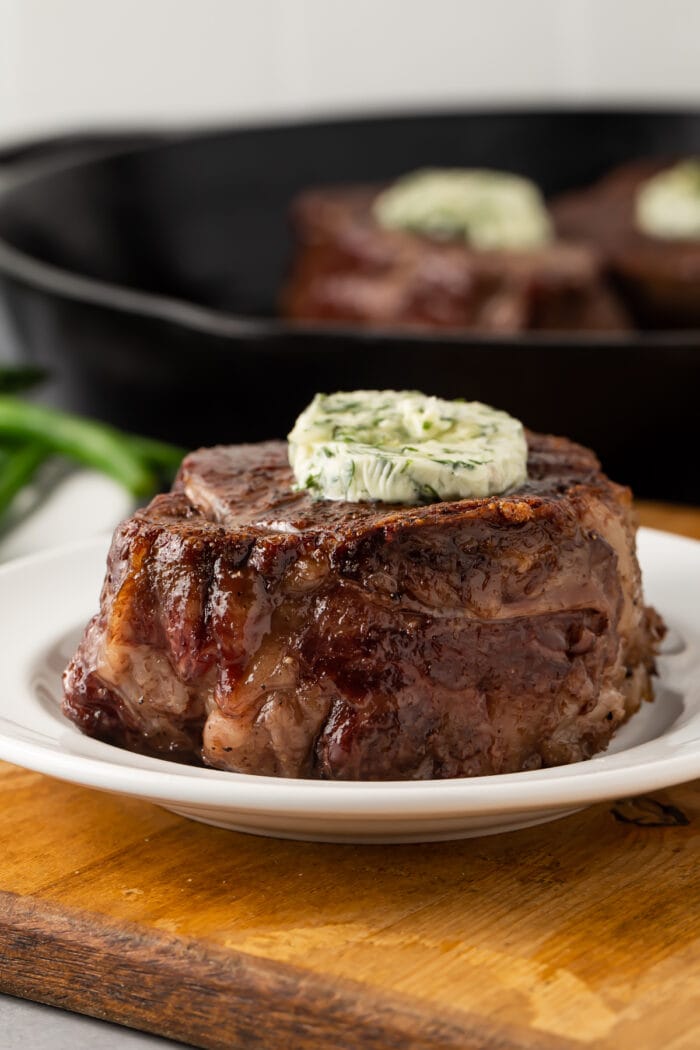
How Do I Cook Filet Mignon in the Oven?
Here’s what I like to do and how this best-ever filet mignon recipe recommends you cook your steak in the oven: liberally salt and pepper the filet on both sides and let sit about 30 minutes to an hour on a wire rack over a baking sheet.
Then, place your steak in the oven at 250º Fahrenheit until the internal temperature reaches 120º (for medium-rare steak). This will take about 25-30 minutes.
How Do I Cook Filet Mignon in a Cast-Iron Skillet?
After you’ve cooked your filet mignon to an internal temperature of 120º Fahrenheit, remove the steak from the oven and let sit while you preheat your cast-iron skillet over high heat for those 5 minutes. Then, very carefully place the filet in the cast iron skillet and cook for 45 seconds. Flip and place pats of your garlic herb butter on top and cook 45 seconds. Then, you’ll flip your steak a couple of times, allowing the browning milk solids in the butter to provide a really rich shade of brown to the surface of your steak, about another 20-30 seconds. Press the sides of the filet mignon briefly against the sides of the cast iron skillet, just until they are no longer red or pink, then remove.
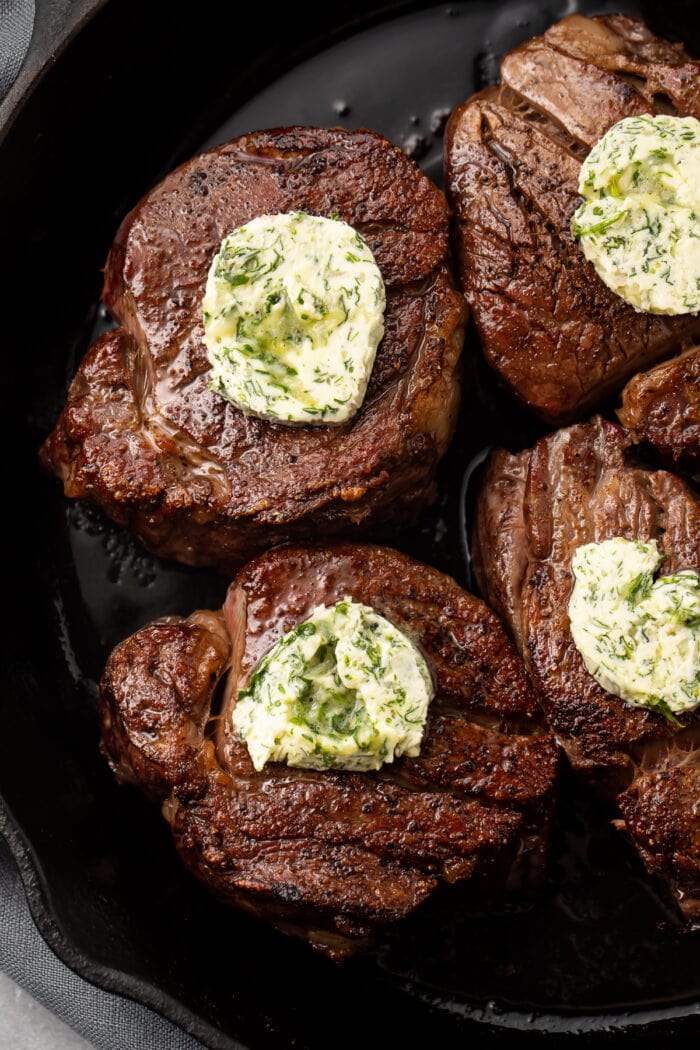
More Recipes You’ll Love
- Easy Sous Vide Chicken Breast Recipe
- The Best Lobster Bisque (Ruth’s Chris Copycat Recipe)
- Seafood Baked Potatoes
- Salmon Wellington
- Reverse Sear Prime Rib
- Quick Chicken Brine for Perfect Chicken Every Time
- Best Ever Easy Roast Chicken with Gravy (Paleo Options)
- Garlic and Herb Sous Vide Turkey
- Perfect Pan-Seared Chicken Thighs with Pan Sauce
- Steak with Whole30 Bearnaise Sauce
- Hasselback Sweet Potatoes
- Sous Vide Chuck Roast

Best Ever Filet Mignon with Garlic Herb Compound Butter (Reverse Sear)
Equipment
- wire cooling rack
- baking sheet
- Food processor (for garlic-herb butter)
- Plastic wrap
- Meat thermometer
- cast-iron skillet
Ingredients
For the Filet Mignon
- 4 filet mignon steaks about 6-8 ounces each, about 2″ thick
- salt to taste
- freshly cracked black pepper to taste
For the Garlic Butter
- ½ cup unsalted butter at room temperature
- ¼ cup roughly chopped fresh parsley
- 1-1 ½ teaspoons roughly chopped garlic
- 2 tablespoons roughly chopped shallot
- 1 tablespoon fresh lemon juice
- ½ teaspoon salt more or less to taste
- freshly cracked black pepper to taste
Instructions
To Prepare the Steaks
- Place 4 filet mignon steaks on cutting board. Liberally season all sides of each steak with plenty of salt and freshly cracked black pepper.
- Place wire baking rack on large baking sheet. Transfer seasoned steaks to wire rack. Let steaks stand at room temperature at least 30 minutes, but preferably 1 to 2 hours. If letting stand for more than one hour, keep steaks in refrigerator, then let stand at room temperature 30 minutes before cooking.
To Make the Garlic-Herb Butter
- Add ½ cup unsalted butter, ¼ cup roughly chopped fresh parsley, 1-1 ½ teaspoons roughly chopped garlic, 2 tablespoons roughly chopped shallot, 1 tablespoon fresh lemon juice, ½ teaspoon salt, and freshly cracked black pepper to bowl of food processor. Process ingredients until mixture is completely smooth, with no sizable pieces of garlic or shallot remaining.
- Spread plastic wrap on flat work surface, then transfer butter mixture from food processor bowl to center of plastic wrap. Wrap plastic wrap around butter, covering butter completely, then roll wrapped butter back and forth on flat surface to form log shape.
- Place wrapped butter log in refrigerator. Chill until firm.
To Cook the Steaks
- Preheat the oven to 250º Fahrenheit. Once preheated, place baking sheet with wire racks and steaks in oven. If using oven-safe meat thermometer with probe, insert now.
- Cook steaks until internal temperature reaches desired range based on recipe notes below.
- Once recommended internal temperature is reached, carefully remove baking sheet from oven and set aside. Let steaks rest 5 minutes, redistributing juices and allowing residual heat to finish cooking steaks.
- Preheat cast-iron skillet over high heat for 5 minutes while steaks rest.
- After 5 minutes, pat steaks completely dry on all sides with paper towels, then carefully place steaks directly into preheated cast-iron skillet.
- Sear steaks 45 seconds, then flip steaks over and top each steak with 1 tablespoon of chilled garlic-herb butter.
- Sear steaks 45 seconds more, then flip each steak once or twice as needed, until steaks are rich brown color, approximately 20 to 40 seconds total. Press sides of steaks up against walls of skillet briefly, until sides of steaks are no longer pink or red.
To Serve
- When satisfied with crust and color of steaks, transfer each steak to serving plates. Top each steak with additional garlic-herb butter and serve immediately with desired sides.
Video
Recommended Temperatures Based on Steak Doneness
To cook your filet mignon steaks to a different temperature, follow this chart:- Rare: Target temperature: 120°-125°F. Remove from oven when internal temperature reaches 110º F.
- Medium Rare: Target temperature: 130°-135°F. Remove from oven when internal temperature reaches 120º F.
- Medium: Target temperature: 140°-145°F. Remove from oven when internal temperature reaches 130º F.
- Medium Well: Target temperature: 150°-155°F. Remove from oven when internal temperature reaches 140º F.
- Well Done: Target temperature: 160°-175°F. Remove from oven when internal temperature reaches 160º F.
Approximate Information for One Serving
Nutrition Disclaimers
Number of total servings shown is approximate. Actual number of servings will depend on your preferred portion sizes.
Nutritional values shown are general guidelines and reflect information for 1 serving using the ingredients listed, not including any optional ingredients. Actual macros may vary slightly depending on specific brands and types of ingredients used.
To determine the weight of one serving, prepare the recipe as instructed. Weigh the finished recipe, then divide the weight of the finished recipe (not including the weight of the container the food is in) by the desired number of servings. Result will be the weight of one serving.
Did You Make This Recipe?
Tag @40aprons on Instagram and be sure to leave a review on the blog post!
Never Miss A Meal!
New Recipes Straight To Your Inbox
A curated selection of our most recent recipes, delivered straight to your inbox once a week.
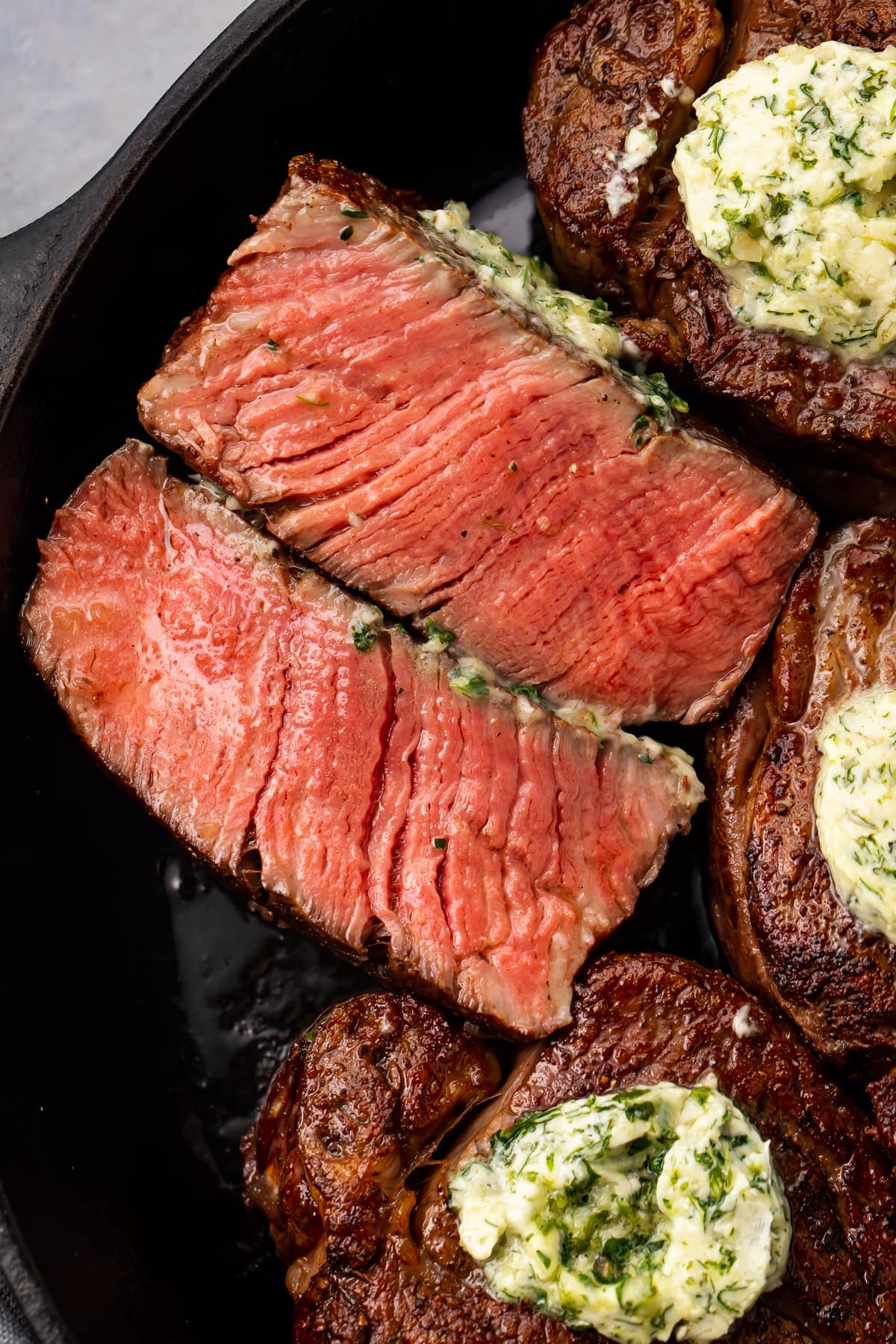

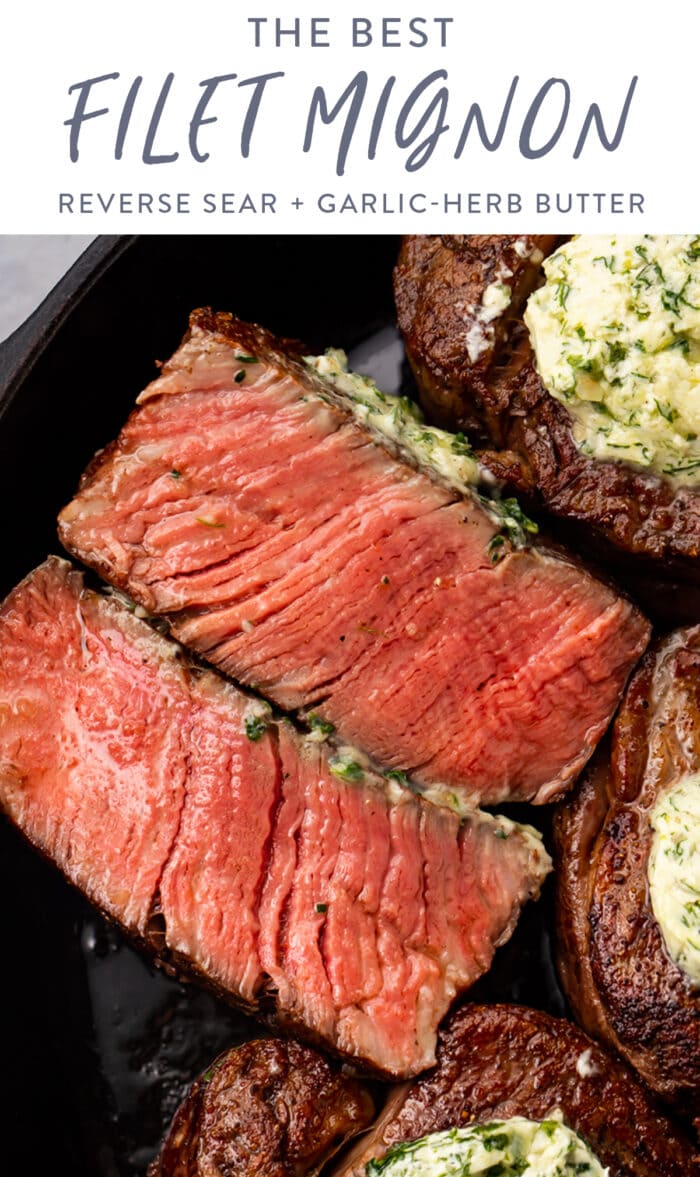
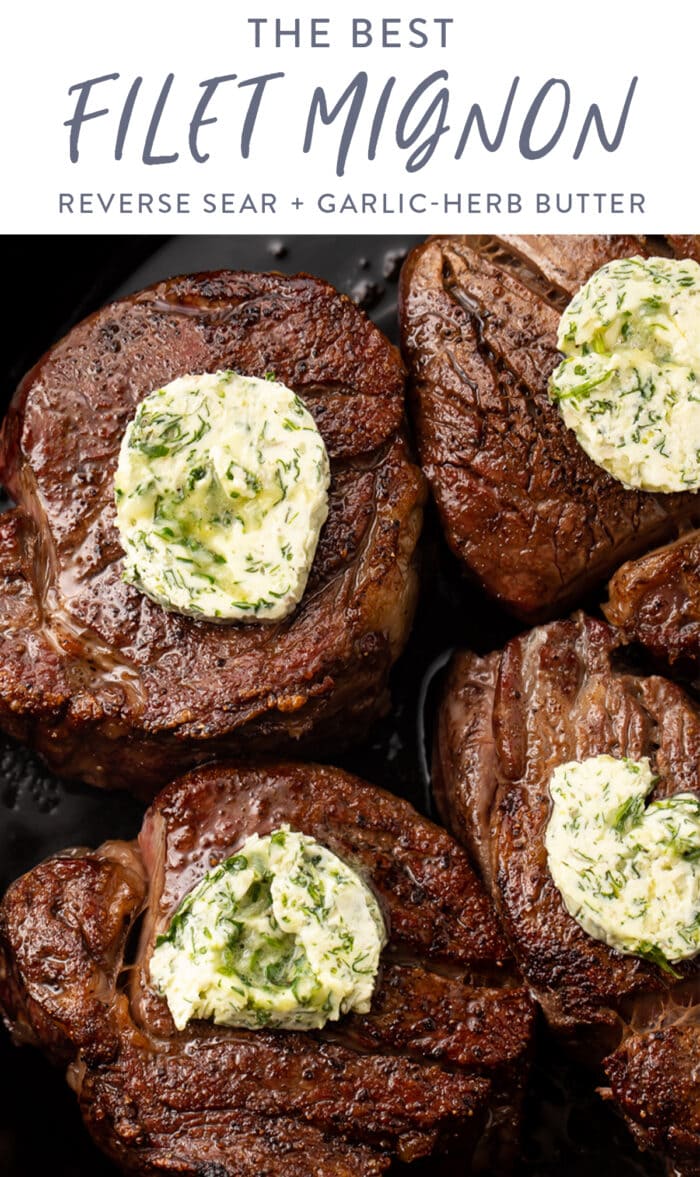
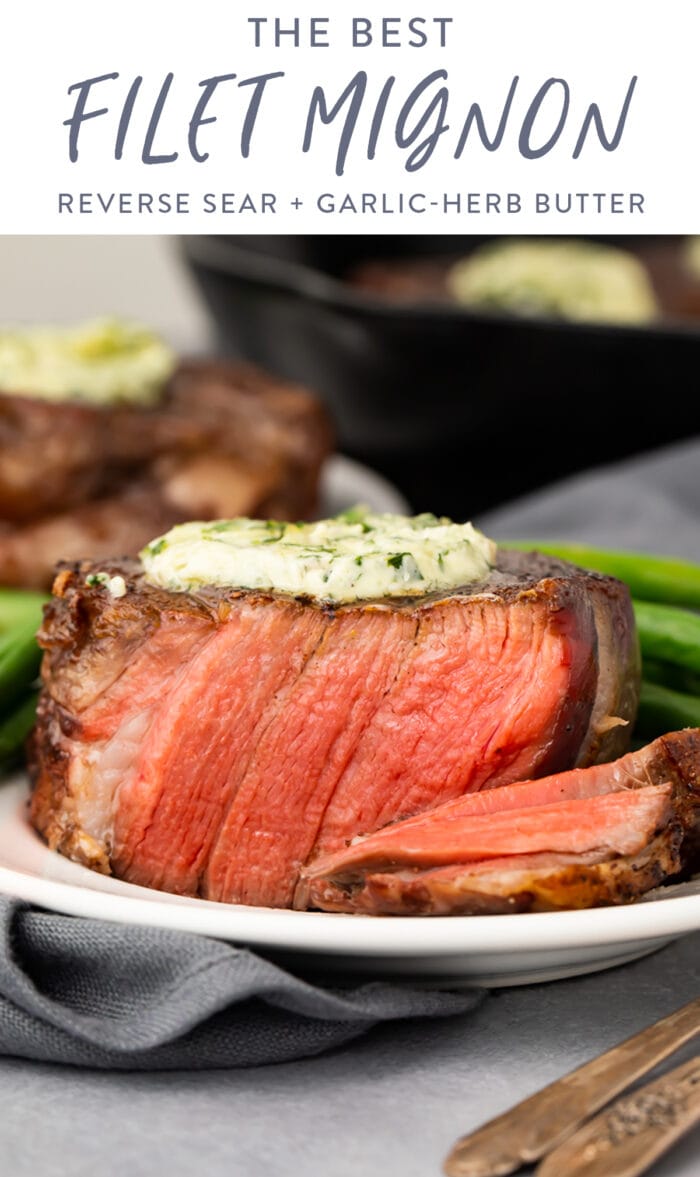
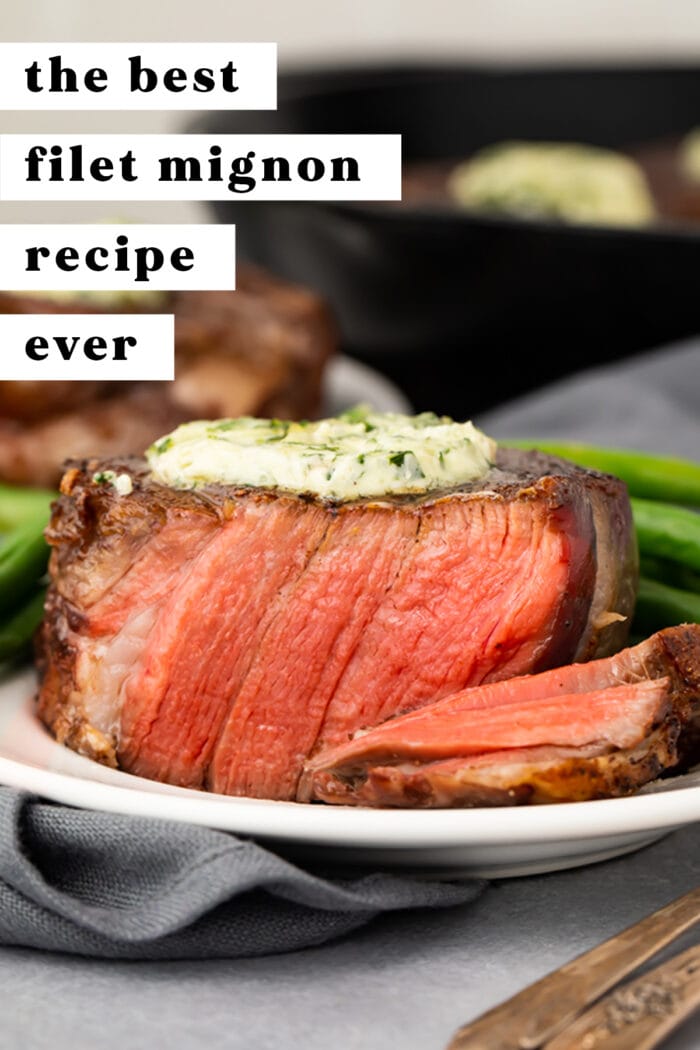
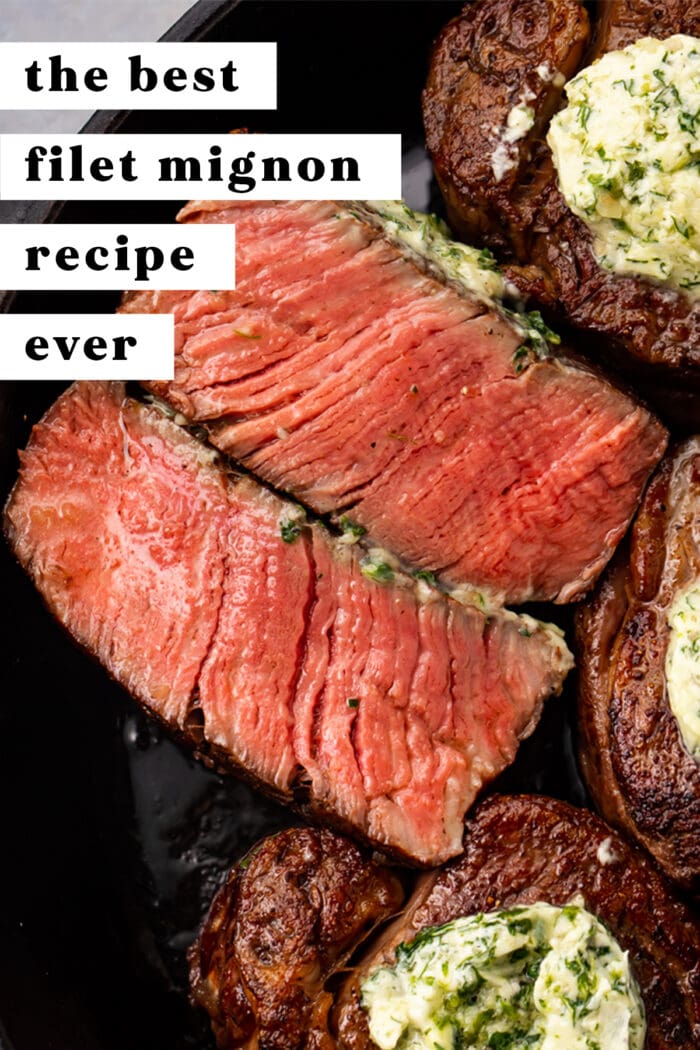
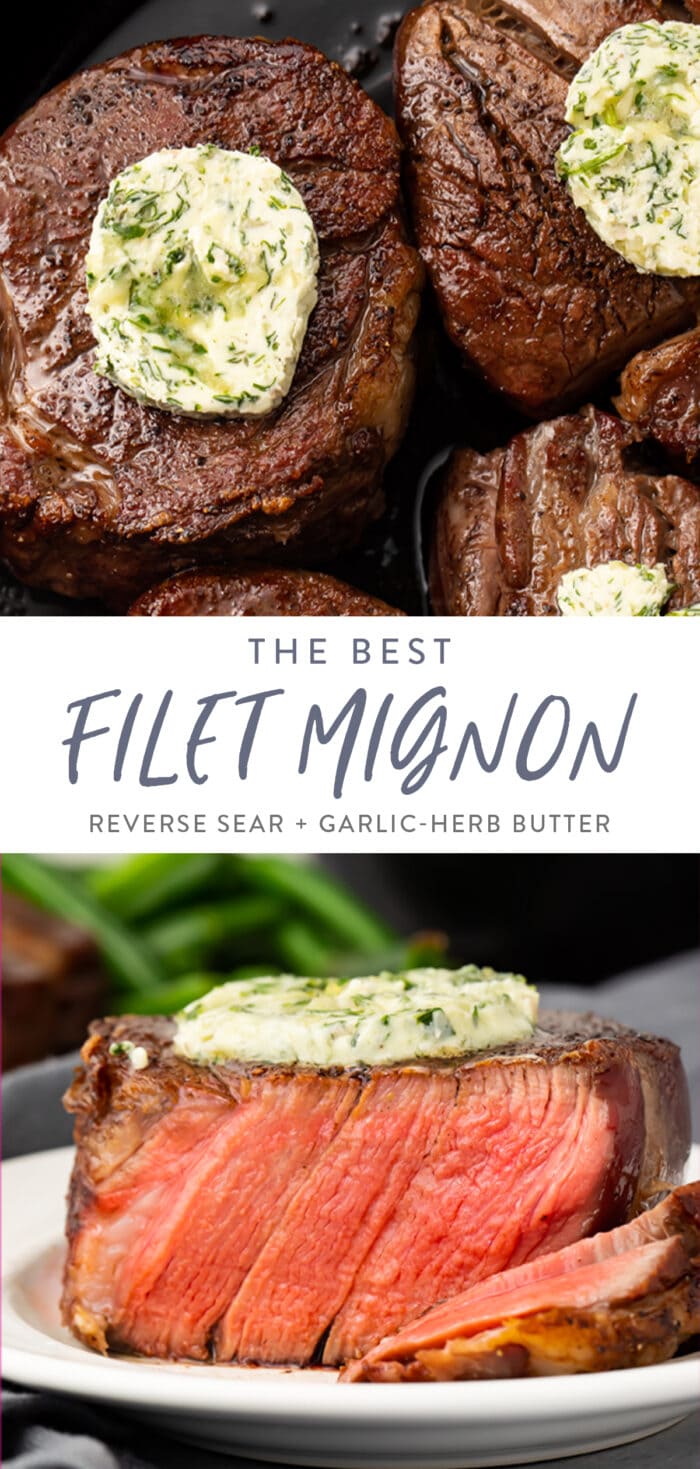
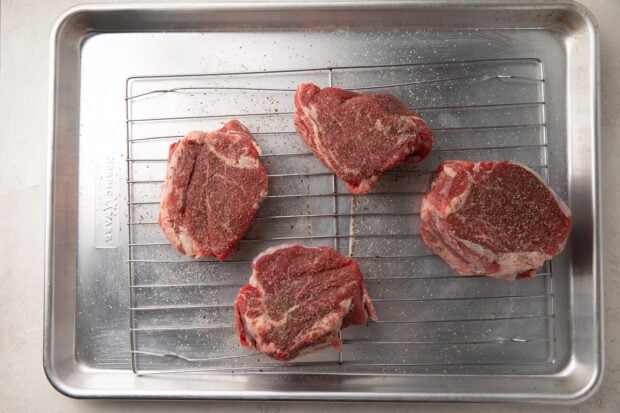
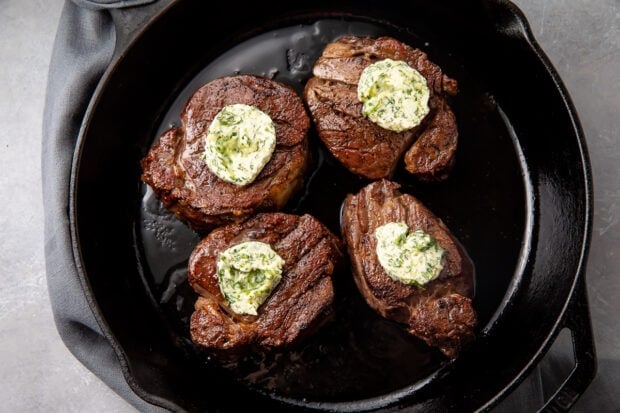


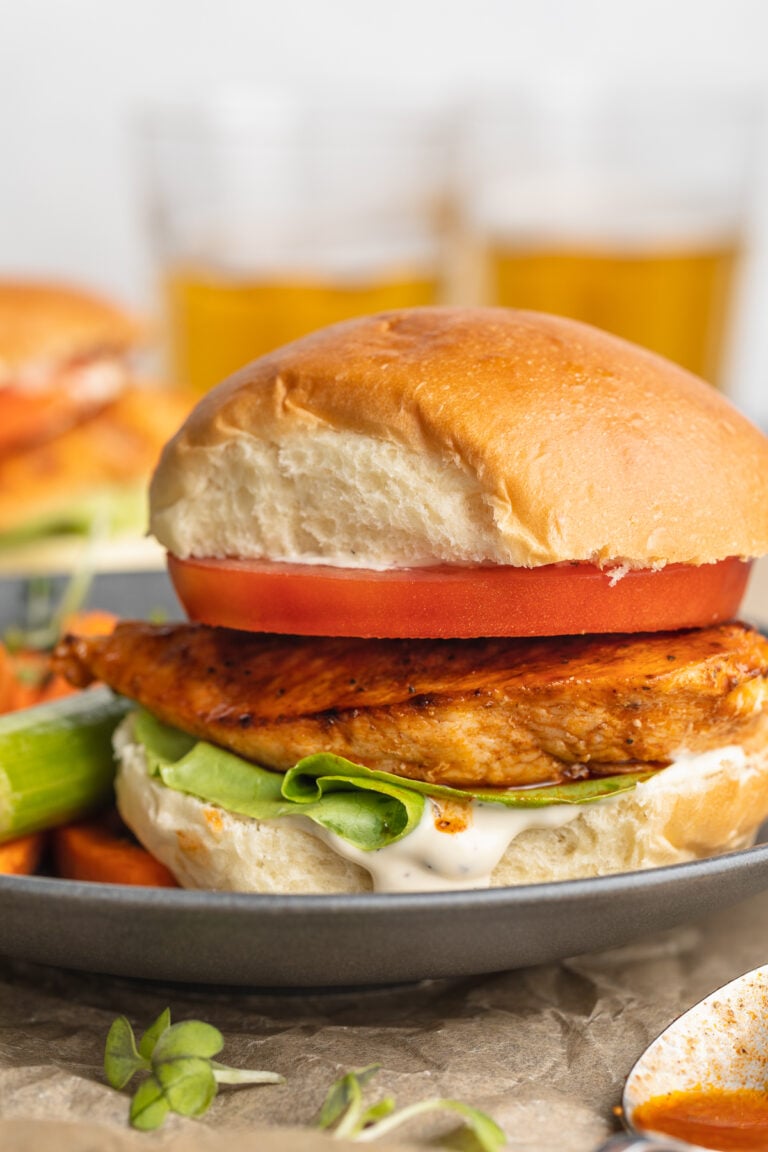

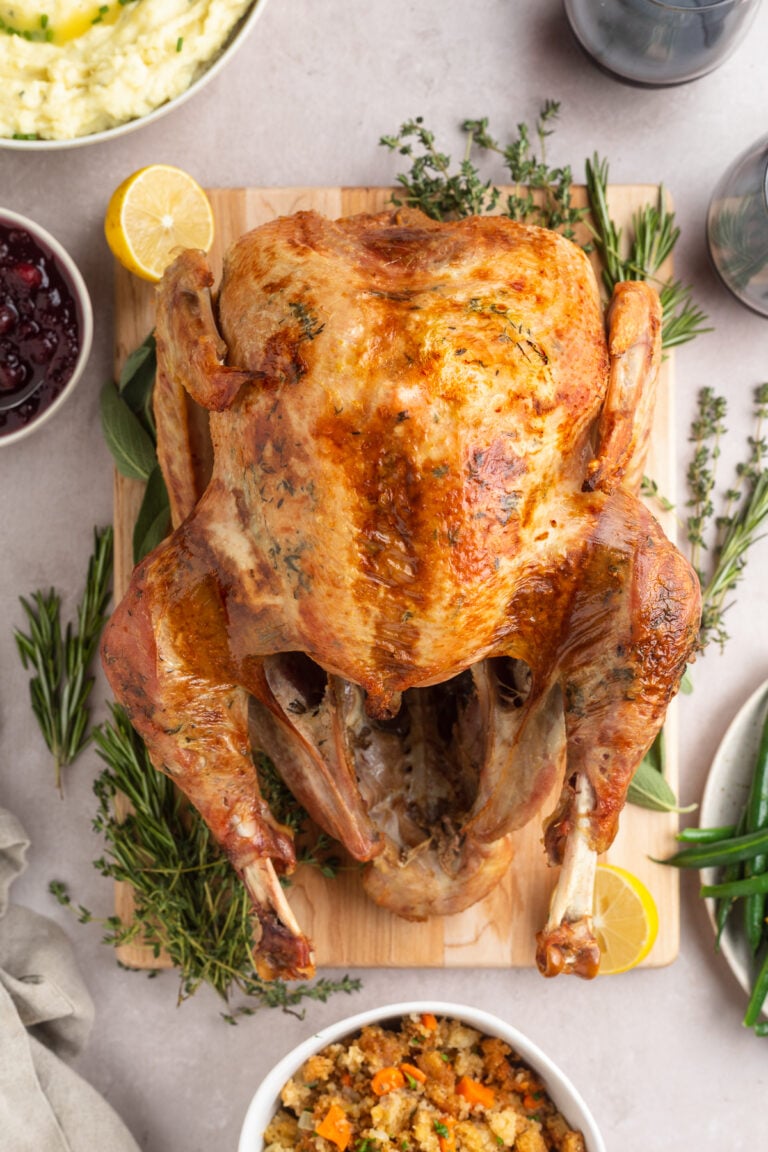
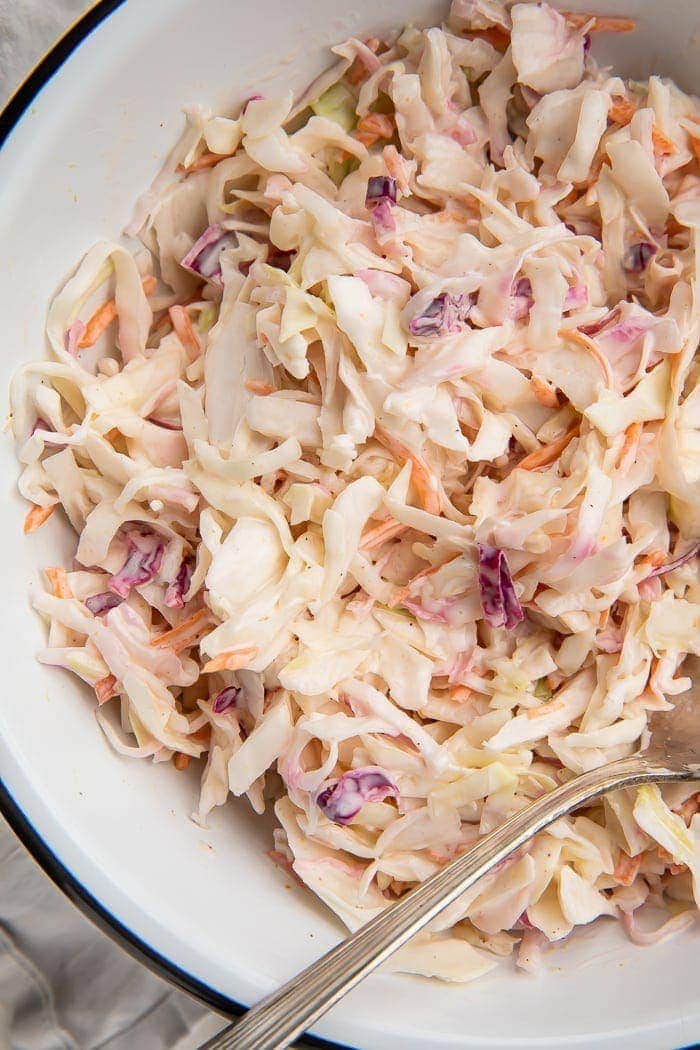










Absolutely THE BEST at home filet I have ever made thanks to this recipe! Just went through my pins and deleted every other filet recipe I had saved, THIS IS THE ONE. 😍
Wow, we’re honored to be the chosen pin! Thanks for sharing, Jennifer!